AI, Decentralization And The Captcha Arms Race
Falling down the rabbit hole of "proof of humanity" and it's relevance to Blockchain projects.

This week, the 2019 remake of horror movie "Child's Play" is trending on Netflix. Testament to the advances in artificial intelligence since the original movie was made in 1988, we now see the psychotic Chucky doll, re-imagined, inline with modern technology. Chucky can now control household appliances, connect to the internet, record, stream, and playback what he hears and sees, and most importantly, he can learn, and adapt to his environment. The original Chucky was far fetched back in 1988. Less than 30 years later, the prospect of rogue AI is increasingly believable. To some degree, it's already happening.
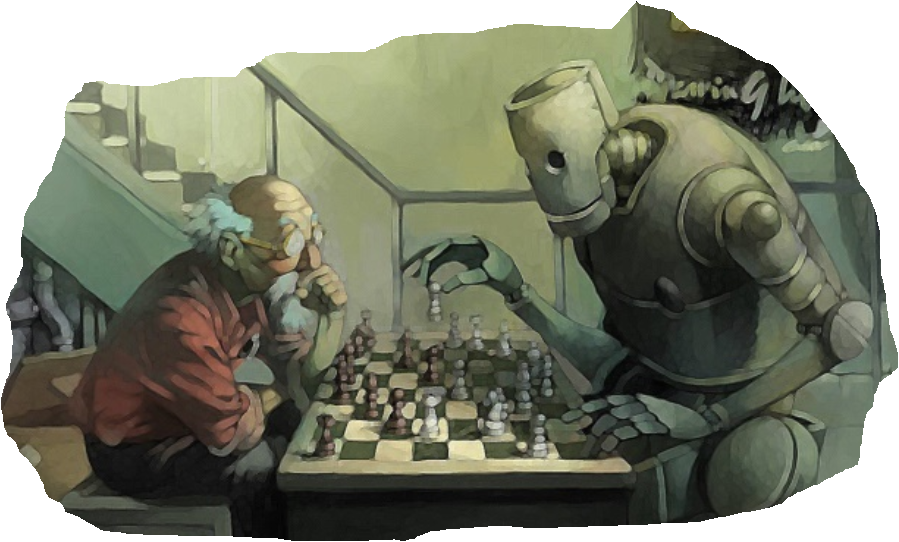
Interestingly, it was no accident the new Chucky turned rogue. A disgruntled factory worker put a spanner in the works after being bullied by his boss. Perhaps when the fabled Robot Armageddon occurs, it will be humans who are to blame, but we can cross that bridge when we get to it. For now, we have more pressing concerns, namely robots posing as humans online, usually for political or financial favor.
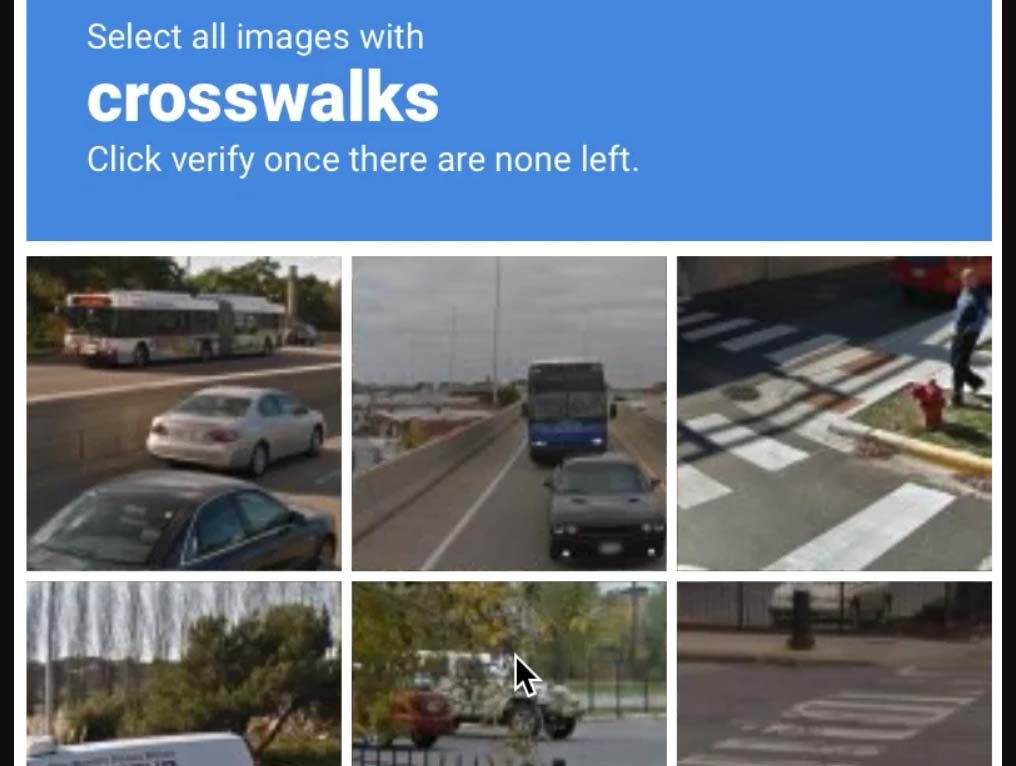
Artificial Intelligence is advancing at an astonishing rate, and that's bad news for anyone who loathes spam. The broader knock on effects have wide ranging implications, including online privacy. To a large degree, we enjoy a certain level of anonymity online, but as AI improves and spam creeps in, we are being forced to submit to invasive KYC measures, to prove we are human, and to be held accountable. People place different value on online privacy, depending on their politics and intentions, but that's not what this article is about. I want to explore AI as it relates to blockchain decentralization.

Although it's over ten years since the invention of Bitcoin, and copious blockchain projects now exist, the push for decentralization is still very relevant. I recently fell down the rabbit hole of machine learning and artificial intelligence, having discovered Idena Network, a novel and ambitious attempt at developing the most decentralized blockchain network in existence. This is achieved by making all participants take a Turing test to prove they're human. But here's where it gets interesting, and a bit crazy. Everyone on the network has to take the test at the exact same time, wherever in the world they are. Sure, it's a lot to ask, but the result is the only blockchain network that claim with any confidence to give only one vote per human. Some call it "proof of humanity", or "proof of humanness", and there are other proposed phrases bandied about. Anyway, more to the point, the value of this consensus mechanism is huge, but it has to work well, and Idena Network is still a young project.

And then there are teething issues. The model of Turing test itself has to be decided on, and then the system needs to be secure from attack. A simple Captcha test might initially spring to mind, but it turns out, they are automatically generated and are surprisingly inefficient at coping with modern Artificial Intelligence. At this point, powerful AI is not out of reach to anyone. Heck, right now there are already free tools for reverse image search, and Image Understanding, such as Googles "Reverse Image Search Tool", and "Vision AI", respectively, among dozens of others.
While computers typically have had better success analyzing and interpreting photographs, compared to cartoons or abstract images, they are getting better and better. Experimenting with this, I generated various Rorschach ink blots, and ran them through Googles Vision AI.
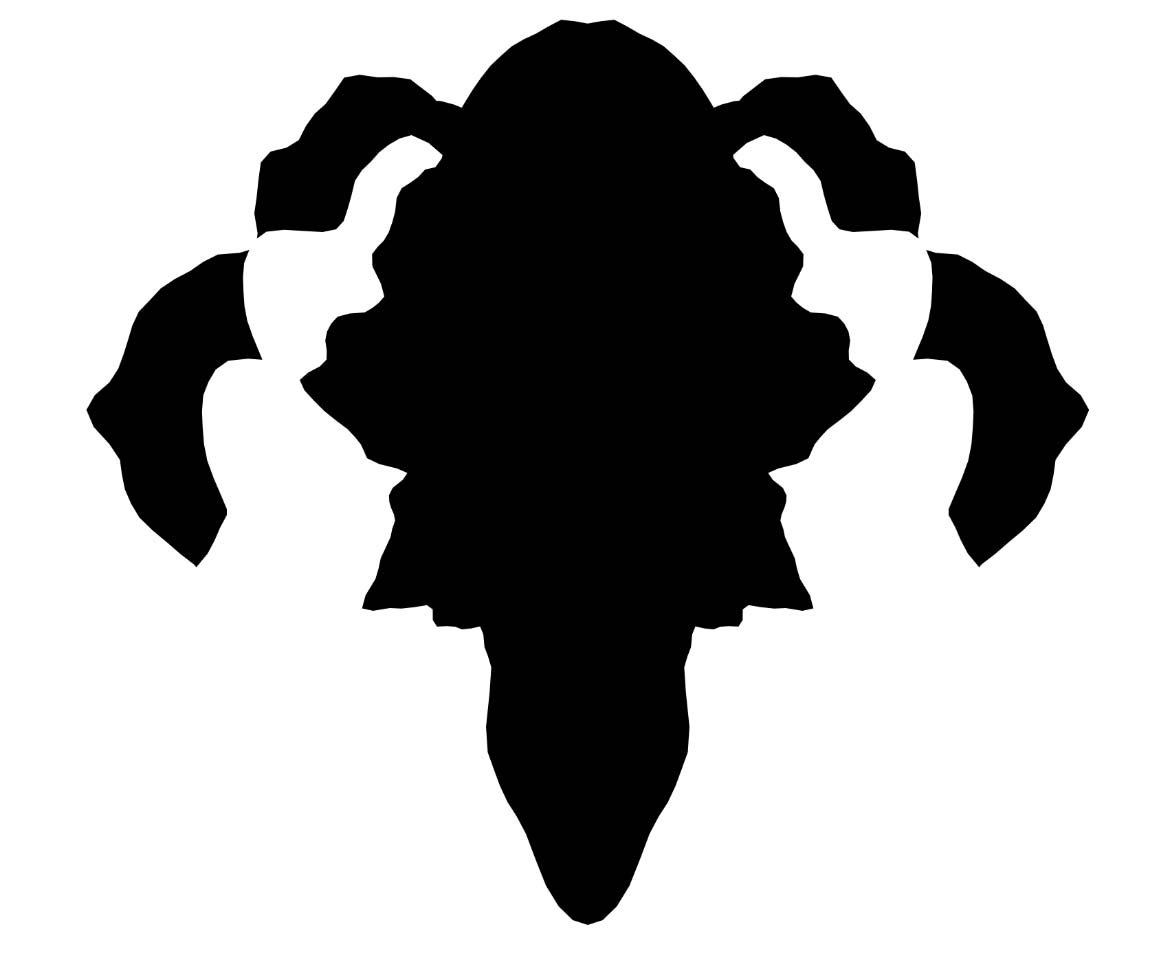
My theory was that you could use automatically generated ink blots, combined with consensus to run a Turing test, by giving people a limited number of possible answers. For example, the above image might be generated with the words Elephant, Coffee and Submarine. Humans would likely pick "Elephant" in droves, but how would AI do? Unfortunately, quite well. The top guess from Vision AI was "Animal". I ran various versions of this test, with various types of images, both photographic and abstract, and it's simply astounding at how well AI can now interpret images.
But we have another trick up our sleeves. Machines still lag behind humans when it comes to matters of emotion and meaning. Idena utilizes the network of human participants by tasking them not only with solving Turing tests, but also with creating them. Here is a classic example of a "Flip Test" on Idena:
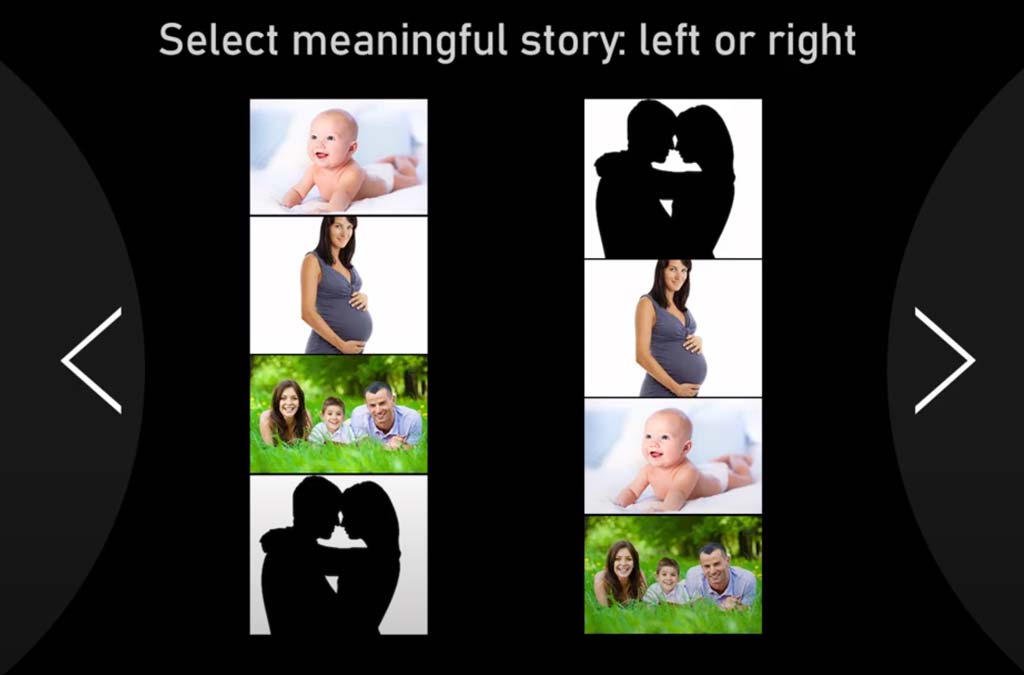
Having these tests created by humans is a blessing and a curse. For now at least, every time there is a validation session on the Idena Network, unfortunately, some people are failing because so many of the flips are designed so badly. In fact, in the most recent Idena epoch, 20% of participants were penalized for failing their tests.
Various changes to the model of Turing test have been proposed, including two below from myself:
My first proposal was multiple choice, to give AI less than a 50/50 chance.
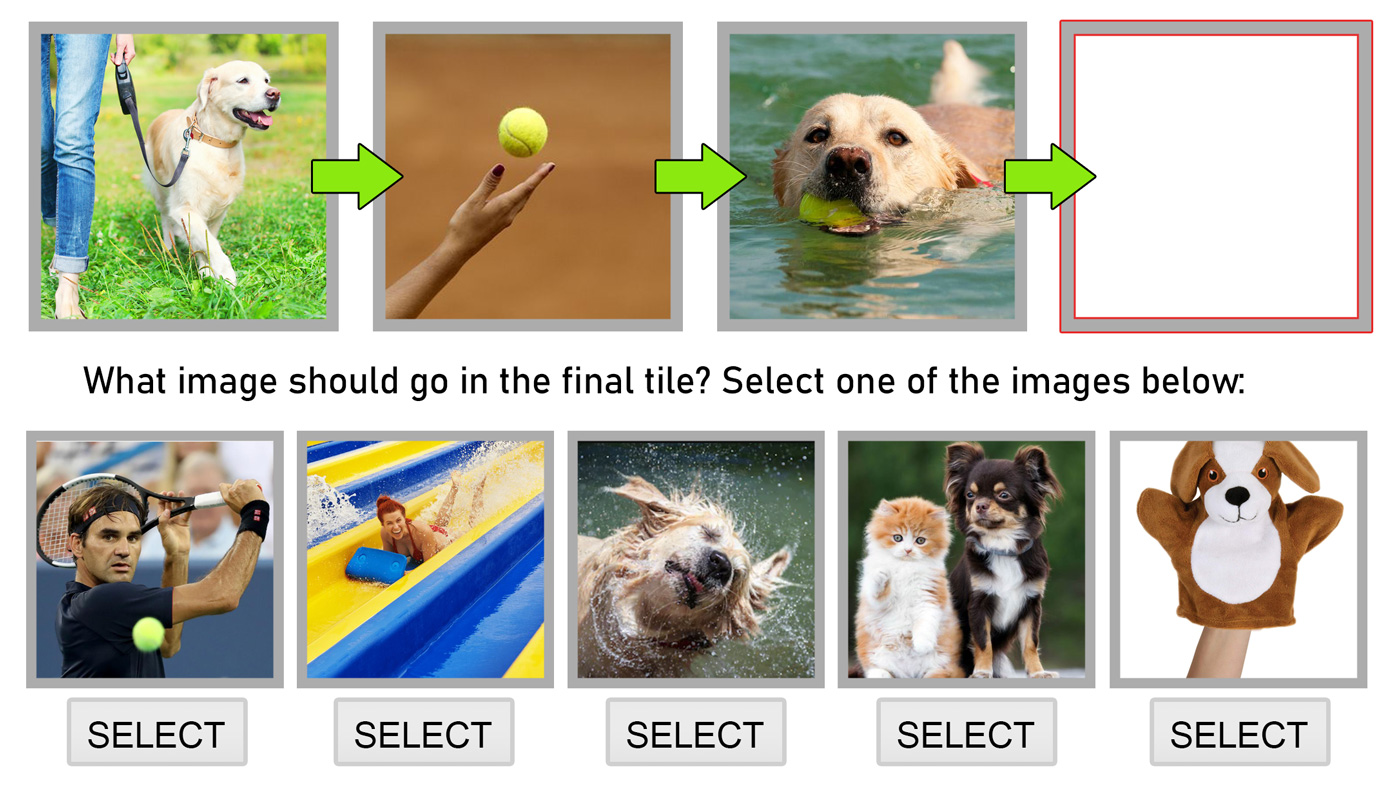
My second proposal was another model, where participants must arrange the images themselves. There are 24 permutations when putting the images below in order. I don't believe AI could compete well with humans with this model, but I'm happy to be proven wrong.
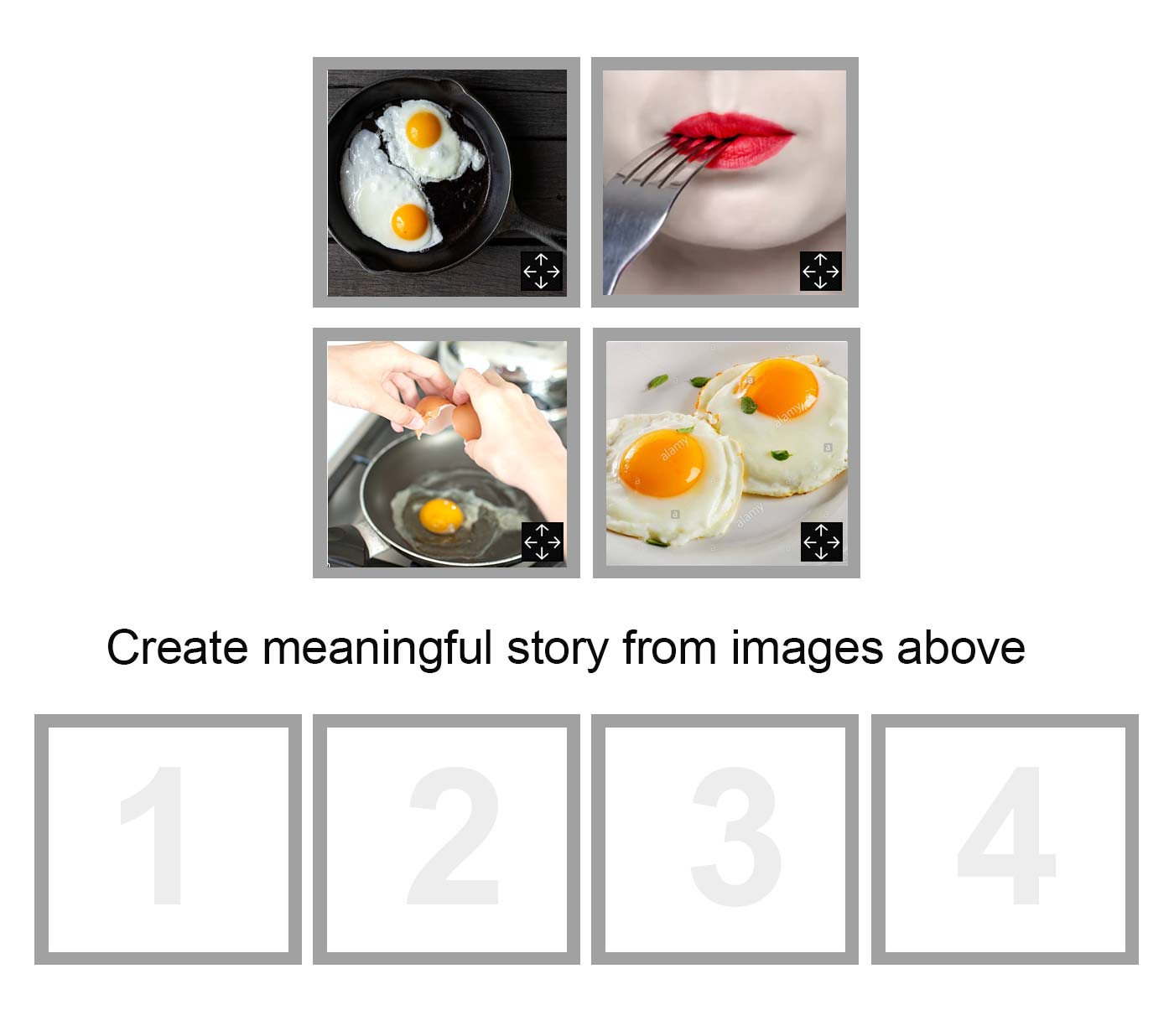
These all come with their own drawbacks, but I'm glad to see them discussed with the Idena community and developers, who are all aware of the current issues and keen to improve things. For now at least, we can agree on certain areas which need to be improved.
Ideally the test should be:
1 - easy for humans to design
2 - hard for AI to design
3 - easy for humans to solve
4 - be hard for AI to solve
Point 2 is easily lost. The network is not only vulnerable to bots solving flip tests, but to bots creating them, and networks sharing their flips in advance of the validation session.
Interestingly, we've also seen people posting screenshots in chatrooms during validation sessions, and asking for advice. This could be automated in the future, i.e. a human employing robots, to employ humans!
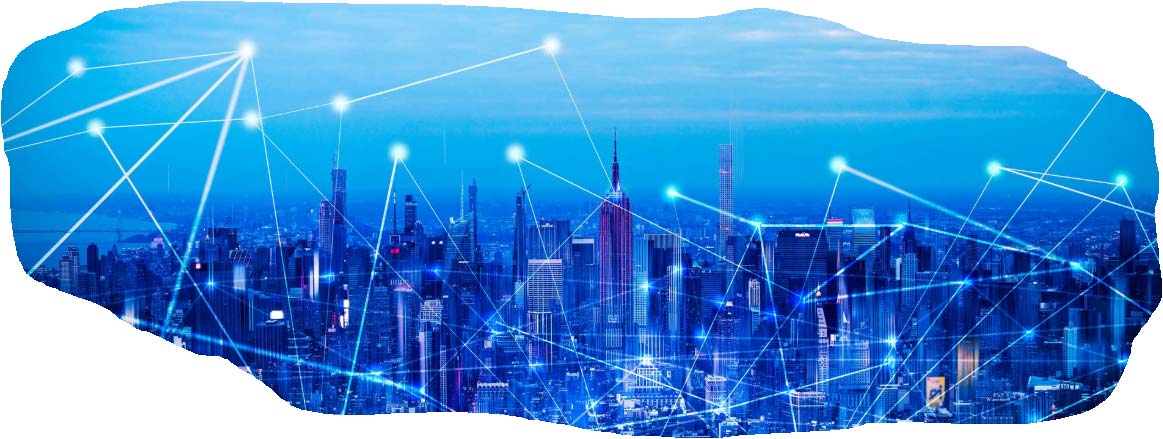
As much of a mindfuck this all is, (and I've only scratched the surface) I'm utterly convinced that "proof of humanity" (or whatever you'd like to call it) will be one of the most important themes in the world of blockchain in the coming years. It has political applications such as voting, universal basic income. It also has commercial applications such as keeping surveys, advertising and competitions as honest as possible. Idena might manage to get an early advantage, but I can already guess there will be stiff competition when people understand the huge value in a bot-free network made up of anonymous, verified, unique humans, with equal voting power.
He said, 'Stop doing wrong things and turn back to God! The kingdom of heaven is almost here.'(Matthew 3:2)
Question from the Bible, What is the proper way of dressing up, according to the Bible?
Watch the Video below to know the Answer...
(Sorry for sending this comment. We are not looking for our self profit, our intentions is to preach the words of God in any means possible.)
Comment what you understand of our Youtube Video to receive our full votes. We have 30,000 #HivePower, It's our little way to Thank you, our beloved friend.
Check our Discord Chat
Join our Official Community: https://peakd.com/c/hive-182074/created